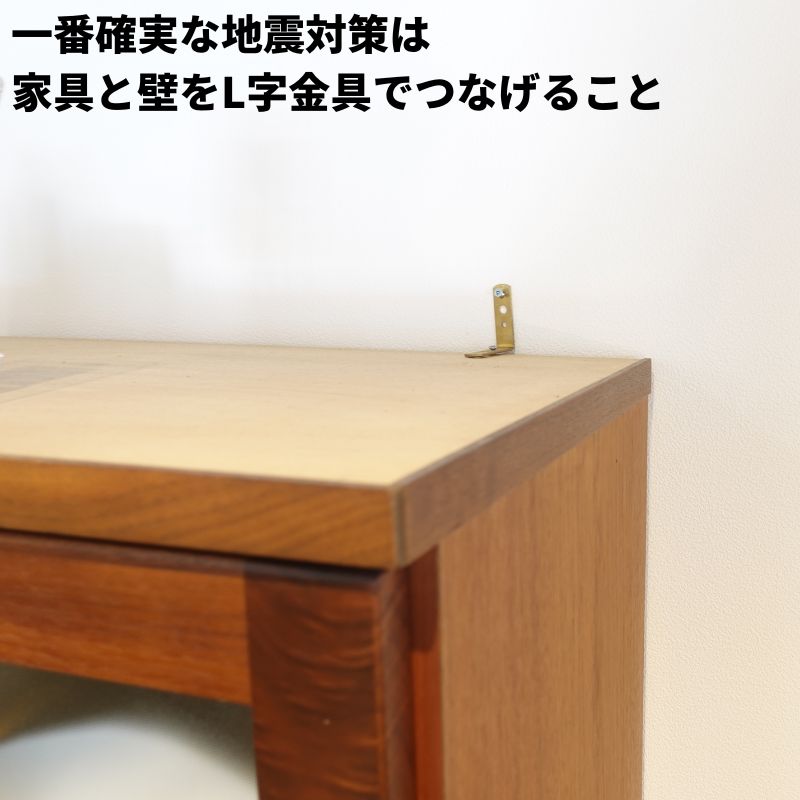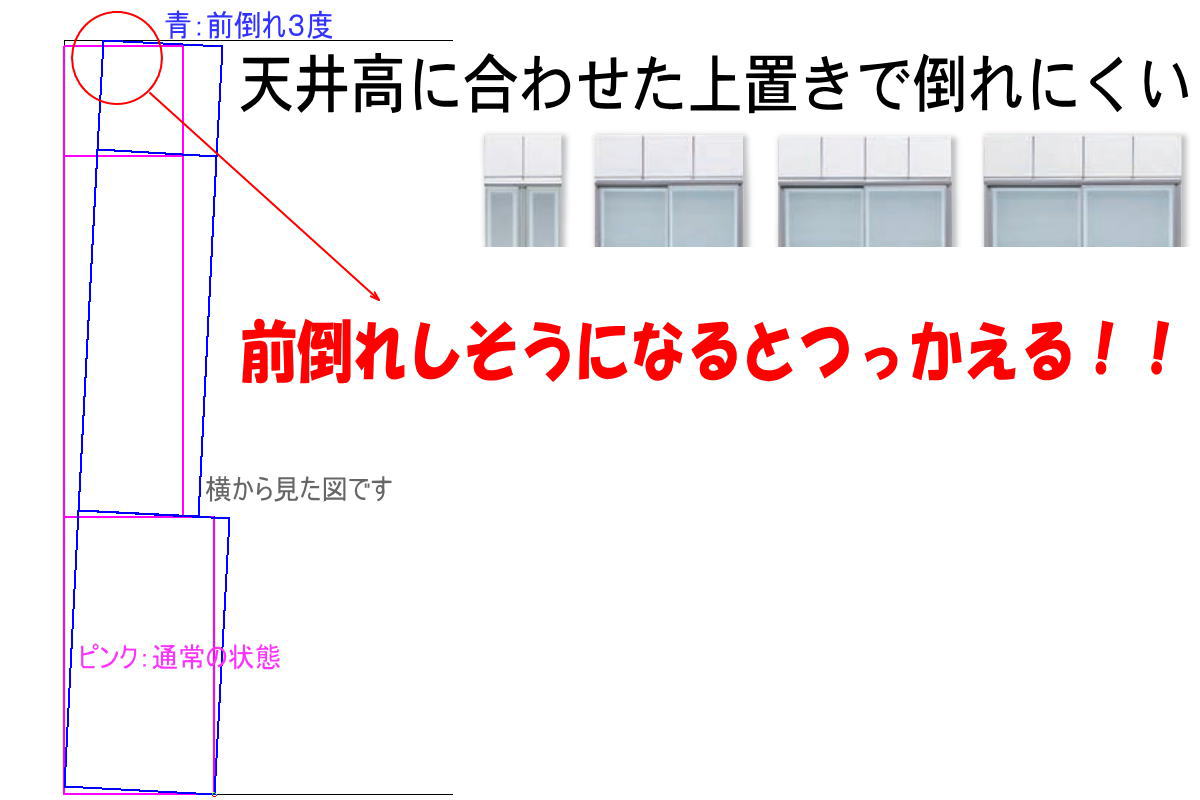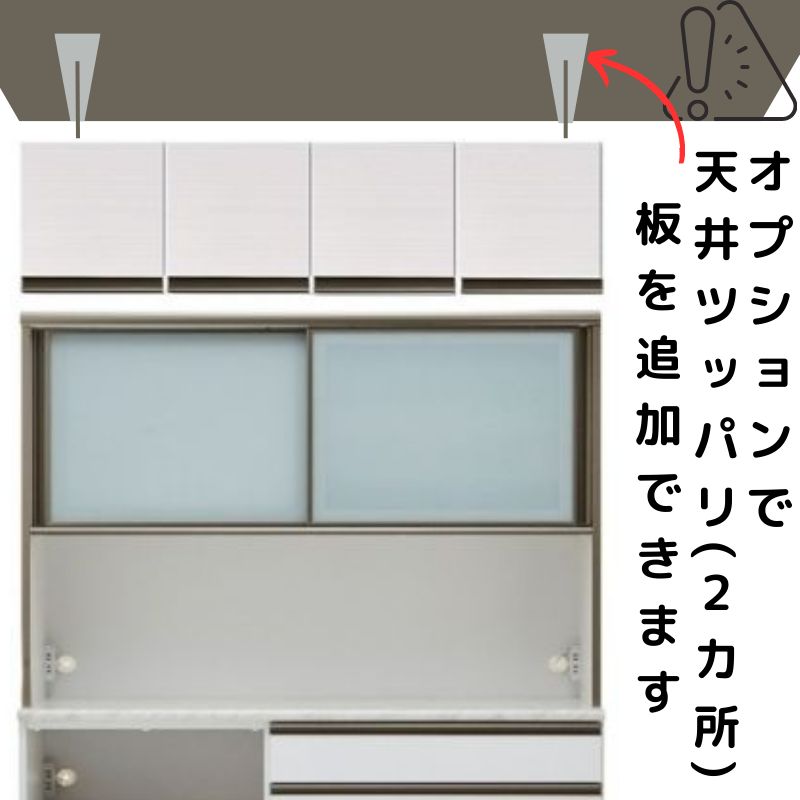
Comprehensive Earthquake Preparedness for Furniture: Preventing Tipping and Securing Contents
Share
Last year, we were greatly indebted to you. We look forward to your continued support this year.
2024 has begun, but it started surprisingly with a major earthquake in Hokuriku and a plane accident on New Year's Day.
Also, during the major fire in the Torimachi Food Street in Kokura, Kitakyushu on the 3rd, I was worried about an acquaintance who runs an izakaya nearby. The fire did not spread, but the restaurant was covered in soot, which seemed like a tough situation.
We extend our deepest sympathies to those affected by the earthquake, accidents, and fire.
In this recent earthquake, we often hear phrases like "being trapped under furniture" or "furniture falling over" in the news and on X (formerly Twitter).
As a furniture seller, it's truly heartbreaking. Ensuring the safety of furniture installation is a vital issue in earthquake-prone Japan.
We have written about this multiple times in our newsletters and blogs, but I want to reiterate the importance of earthquake-proofing tall furniture.
① Furniture Tipping Prevention
First and foremost, the best measure is,
【Securing Furniture to the Wall】
This is the most effective.
If the wall collapses in a major earthquake, this won't help, but in such cases, furniture is the least of our worries. So, the first step is to secure it to the wall.
How to secure it, you ask?

Like in this photo, use L-brackets to screw the core of the wall to the core of the furniture.
However, the cores of the wall and furniture are not visible from the outside. A simple way to check is to tap with the hard part of your finger.
Both the wall and furniture are
https://www.youtube.com/watch?v=EDJ9YE9Wvbo
constructed with columns inside and covered with surface material, as shown.
Most furniture is made this way.
But if you secure it to the wall without finding the core, the screw might only hold onto a thin 4mm veneer layer. It's essential to screw into the core.
The above video explains how to find the core, so please refer to it.
Also, the core of the furniture is usually about 2cm from the four sides on the top surface.
For wider furniture (over 30cm in width), there are cores at 20-30cm intervals besides the four sides.
There are also machines available for finding the core.
https://www.youtube.com/watch?v=GqEtDE8QZKc
You can find these by searching for a wall sensor.
The wall sensor introduced in the video
https://amzn.to/3iIuNAG
Using these methods, find the cores of the wall and furniture and securely fix them with L-brackets. This should prevent the furniture from falling over.
For those who can't drill holes in the wall, like in rental properties. You can find wall sensors by searching for them.
Here is the wall sensor introduced in the video:
https://amzn.to/3iIuNAG
Using these methods, locate the cores of the wall and furniture, and secure them with L-brackets.
This should prevent the furniture from tipping over.
https://amzn.to/48jLFoZ
Pins for plasterboard are available.
Instead of using the provided J-hooks, insert them into L-brackets in place of screws.
This provides a load capacity of 16Kg per side, or 32Kg for two, but it might not be sufficient for large earthquakes as they involve dynamic movements. Still, it's better than nothing and can buy you some time to evacuate.
Alternatively, drill and then repair holes.
It's much safer to screw into the wall studs, even in rental properties, so use the above method to secure the furniture.
When moving out,

https://amzn.to/3voYgZx
Use a kit like this to fill the holes and leave the wallpaper in a clean state.
You might still be asked to pay for wallpaper replacement or repairs, but it's better than living in fear of earthquakes.
If securing to the wall is not an option, then consider other furniture-tipping prevention measures.
Next, consider making the furniture as tall as the ceiling to physically prevent it from tipping over.
Furniture needs more height to tip over than to stand upright, as it leans diagonally.
If the ceiling is in the way, the furniture cannot tip over.

As shown in the image above.
This can be achieved with tension rods to prevent furniture from tipping over

Or by using upper units with tensioning features.

https://www.coordinatekagu.jp/c/search/trouble/earthquakecupboard
https://www.coordinatekagu.jp/c/search/search_series/var
So, it's reassuring to have shatter-resistant film on the glass.
Easily available on Amazon,
https://amzn.to/41P6DJS
We recommend applying it to unprotected cabinets or shelves with dangerous-looking glass.
Many existing furniture pieces already come with this film applied.
https://www.coordinatekagu.jp/p/search?_e_k=%EF%BC%A1&keyword=%E9%A3%9B%E6%95%A3%E9%98%B2%E6%AD%A2&x=0&y=0
For doors that swing open, we recommend furniture with seismic latches to prevent doors from opening during shaking.
https://www.coordinatekagu.jp/p/search?_e_k=%EF%BC%A1&keyword=%E8%80%90%E9%9C%87&x=0&y=0
You can also attach them yourself depending on the structure.
https://www.youtube.com/watch?v=y4Da__VB3jk
There are also options for sliding doors.
2024 has begun, but it started surprisingly with a major earthquake in Hokuriku and a plane accident on New Year's Day.
Also, during the major fire in the Torimachi Food Street in Kokura, Kitakyushu on the 3rd, I was worried about an acquaintance who runs an izakaya nearby. The fire did not spread, but the restaurant was covered in soot, which seemed like a tough situation.
We extend our deepest sympathies to those affected by the earthquake, accidents, and fire.
In this recent earthquake, we often hear phrases like "being trapped under furniture" or "furniture falling over" in the news and on X (formerly Twitter).
As a furniture seller, it's truly heartbreaking. Ensuring the safety of furniture installation is a vital issue in earthquake-prone Japan.
We have written about this multiple times in our newsletters and blogs, but I want to reiterate the importance of earthquake-proofing tall furniture.
① Furniture Tipping Prevention
First and foremost, the best measure is,
【Securing Furniture to the Wall】
This is the most effective.
If the wall collapses in a major earthquake, this won't help, but in such cases, furniture is the least of our worries. So, the first step is to secure it to the wall.
How to secure it, you ask?

Like in this photo, use L-brackets to screw the core of the wall to the core of the furniture.
However, the cores of the wall and furniture are not visible from the outside. A simple way to check is to tap with the hard part of your finger.
Both the wall and furniture are
https://www.youtube.com/watch?v=EDJ9YE9Wvbo
constructed with columns inside and covered with surface material, as shown.
Most furniture is made this way.
But if you secure it to the wall without finding the core, the screw might only hold onto a thin 4mm veneer layer. It's essential to screw into the core.
The above video explains how to find the core, so please refer to it.
Also, the core of the furniture is usually about 2cm from the four sides on the top surface.
For wider furniture (over 30cm in width), there are cores at 20-30cm intervals besides the four sides.
There are also machines available for finding the core.
https://www.youtube.com/watch?v=GqEtDE8QZKc
You can find these by searching for a wall sensor.
The wall sensor introduced in the video
https://amzn.to/3iIuNAG
Using these methods, find the cores of the wall and furniture and securely fix them with L-brackets. This should prevent the furniture from falling over.
For those who can't drill holes in the wall, like in rental properties. You can find wall sensors by searching for them.
Here is the wall sensor introduced in the video:
https://amzn.to/3iIuNAG
Using these methods, locate the cores of the wall and furniture, and secure them with L-brackets.
This should prevent the furniture from tipping over.
For those unable to drill holes in the wall, such as in rental properties
You might find it challenging due to walls being covered in plasterboard and wallpaper, making it difficult to locate the core.
https://amzn.to/48jLFoZ
Pins for plasterboard are available.
Instead of using the provided J-hooks, insert them into L-brackets in place of screws.
This provides a load capacity of 16Kg per side, or 32Kg for two, but it might not be sufficient for large earthquakes as they involve dynamic movements. Still, it's better than nothing and can buy you some time to evacuate.
Alternatively, drill and then repair holes.
It's much safer to screw into the wall studs, even in rental properties, so use the above method to secure the furniture.
When moving out,

https://amzn.to/3voYgZx
Use a kit like this to fill the holes and leave the wallpaper in a clean state.
You might still be asked to pay for wallpaper replacement or repairs, but it's better than living in fear of earthquakes.
If securing to the wall is not an option, then consider other furniture-tipping prevention measures.
Next, consider making the furniture as tall as the ceiling to physically prevent it from tipping over.
Furniture needs more height to tip over than to stand upright, as it leans diagonally.
If the ceiling is in the way, the furniture cannot tip over.

As shown in the image above.
This can be achieved with tension rods to prevent furniture from tipping over

Or by using upper units with tensioning features.

https://www.coordinatekagu.jp/c/search/trouble/earthquakecupboard
https://www.coordinatekagu.jp/c/search/search_series/var
② After ensuring furniture won't fall, the next step is to prevent items from flying out
There were instances in this disaster where dishes flew out of cabinets.
Even if the furniture doesn't fall, dishes flying out or breaking through glass doors, scattering broken glass and ceramics, is extremely dangerous.
So, it's reassuring to have shatter-resistant film on the glass.
Easily available on Amazon,
https://amzn.to/41P6DJS
We recommend applying it to unprotected cabinets or shelves with dangerous-looking glass.
Many existing furniture pieces already come with this film applied.
https://www.coordinatekagu.jp/p/search?_e_k=%EF%BC%A1&keyword=%E9%A3%9B%E6%95%A3%E9%98%B2%E6%AD%A2&x=0&y=0
For doors that swing open, we recommend furniture with seismic latches to prevent doors from opening during shaking.
https://www.coordinatekagu.jp/p/search?_e_k=%EF%BC%A1&keyword=%E8%80%90%E9%9C%87&x=0&y=0
You can also attach them yourself depending on the structure.
https://www.youtube.com/watch?v=y4Da__VB3jk
There are also options for sliding doors.

